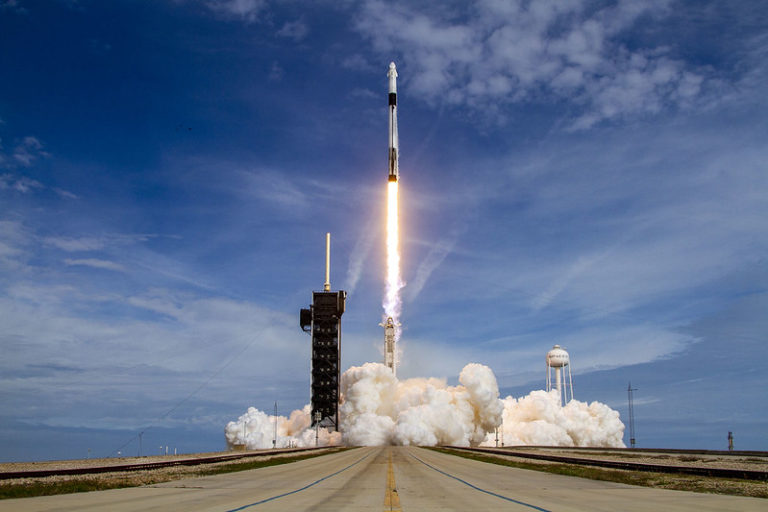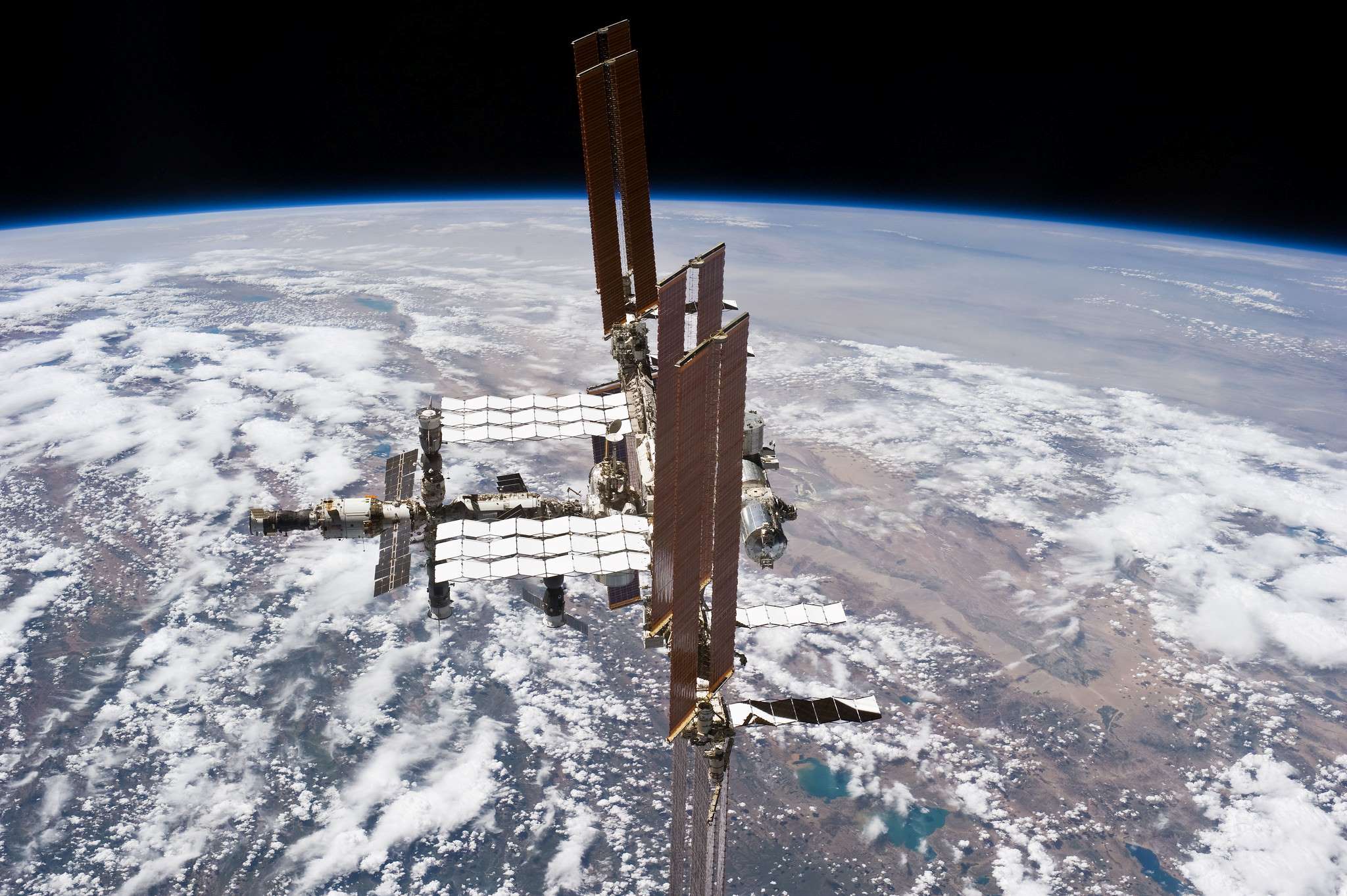A Global Concern
Bone fractures and joint pains due to low bone mass and osteoporosis are shockingly common issues worldwide. For those that may not know, osteoporosis is a disease that affects the structural integrity of bones due to becoming porous and weak, leading to an increased risk of bone fractures.
In the United States alone, more than 53 million people (17% of the U.S. population) either have osteoporosis or are at risk of being diagnosed with it because of their low bone mass. Meanwhile, the amount of individuals in Europe with osteoporosis is expected to be upwards of 34 million people by 2025.
Despite the already staggering numbers, we have yet to include the number of individuals afflicted by brittle bone disease or the side effects of space travel on astronauts in the above statistics. So how exactly are we combating this frequent (and growing) health concern?
Our Current Approach
In an attempt to nip the health concern in the bud, doctors encourage younger patients to add enough protein to their diet for ideal bone mass later in life as well as maintain a consistent, healthy diet and take vitamins such as magnesium as they age.
As for patients already diagnosed with osteoporosis or low bone mass, however, the solutions are not as simple. The most common treatments can have troublesome side effects, ranging from abdominal pain and nausea to lifelong intake requirements. Other treatments tailored for more atypical cases exist, and having these treatments is far better than living at the risk of fractures, of course. Are these drawbacks truly necessary, though? Depending on the results of two Harvard-trained professors’ unconventional research, maybe not.
An Innovative Solution in the Works
This past December, doctors Emily Germain-Lee and Se-Jin Lee took an opportunity with SpaceX’s Dragon cargo spaceship to launch massive, genetically engineered mice into space, en route to the International Space Station. Since then, the mega-mice have spent one month in near-zero gravity.
Related articles: Artificial Intelligence Deployed Against Coronavirus | Technology & the Mining Sector
Now why, I found myself asking, would researchers put effort into engineering stronger mice only to put them in an environment where nothing carries weight? Well, these mice were engineered to fight a less visible foe, one that millions of us do as well: muscle weakening and bone atrophies. Knowing that the effects of space travel are akin to those of osteoporosis and related muscle weakening, Dr. Emily Germain-Lee and Dr. Se-Jin Lee sought to minimize the levels of myostatin, a protein that inhibits further muscle and bone growth when needed.

Should this research prove fruitful, it could significantly improve the lives of millions. Acute adjustments in myostatin levels could theoretically nullify the effects of bone weakness diseases such as osteoporosis, but muscle weakness may be a more complex matter. Researchers interested in myostatin have found that increased amounts of the protein do not result in an increase of the overall force the recipient can generate.
In summary, myostatin may not be the strength boost that people suffering from muscle weakness could benefit from. That remains to be proven, however, as Dr. Se-Jin Lee and Dr. Emily Germain-Lee’s research is not yet complete. For potential breakthroughs in medicinal solutions for those afflicted by such conditions, we may want to keep a tab or two on these Harvard doctors’ projects.











